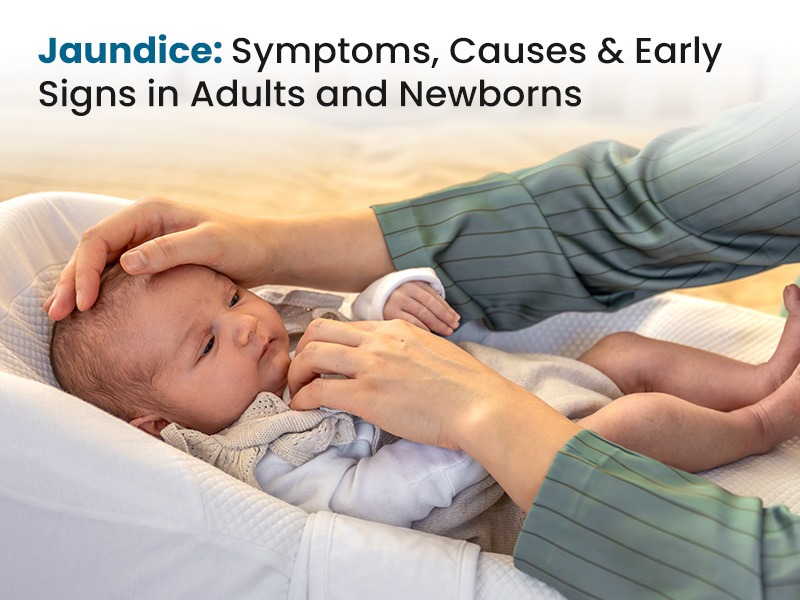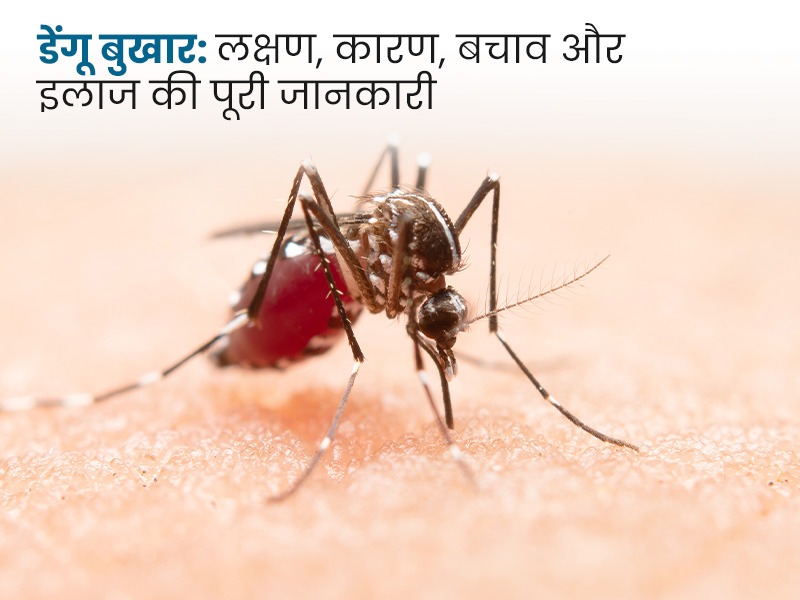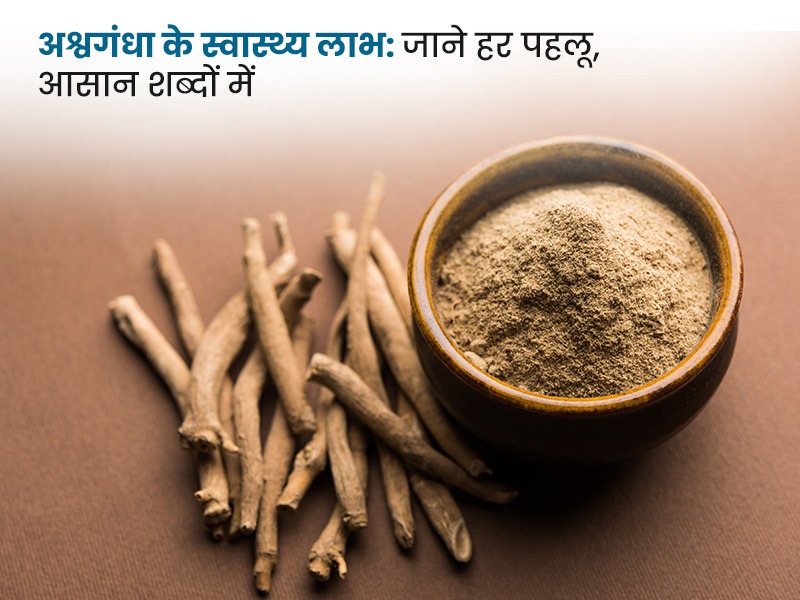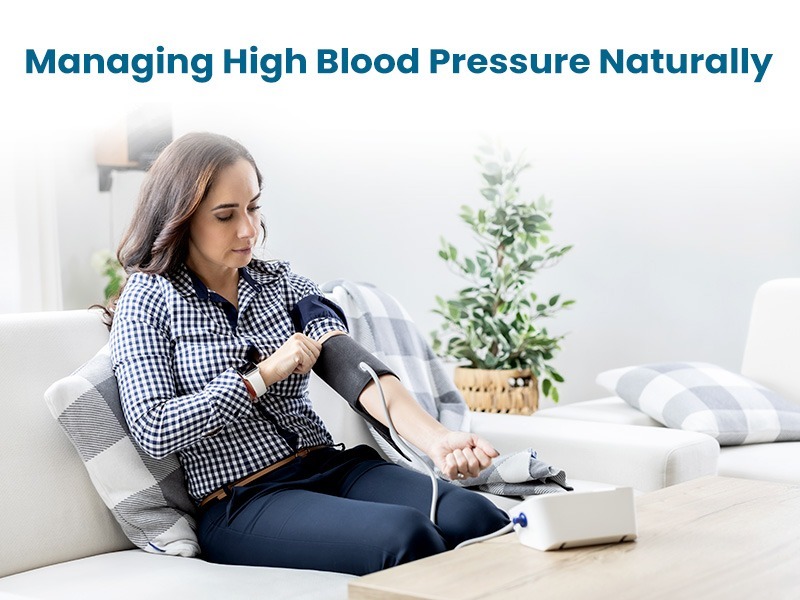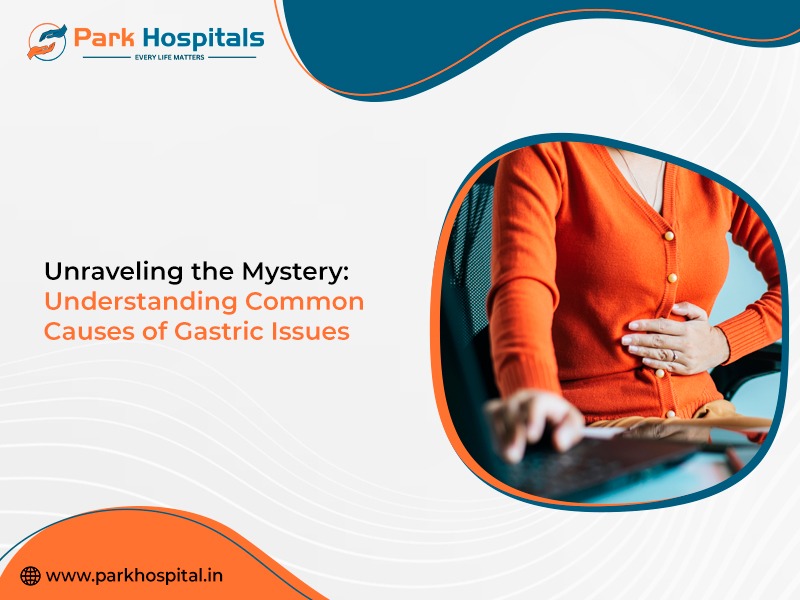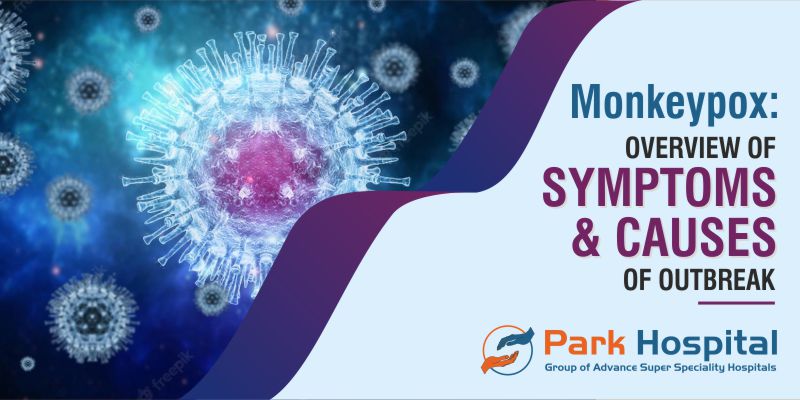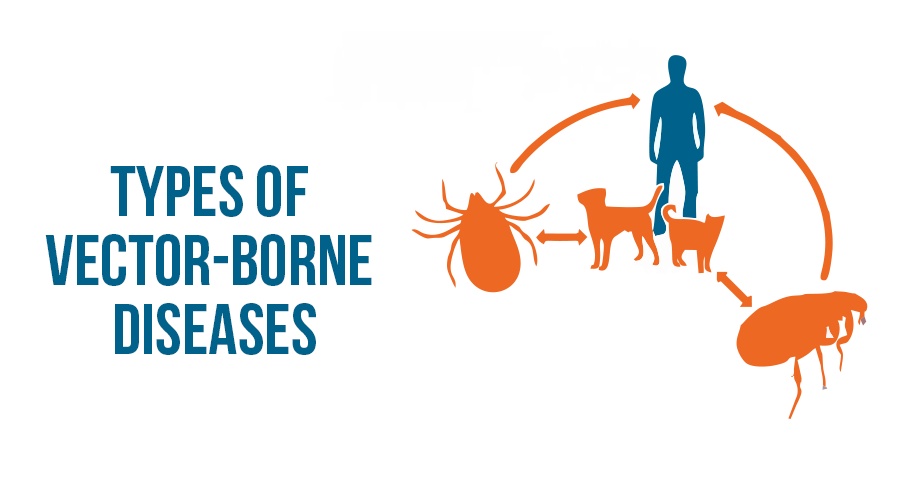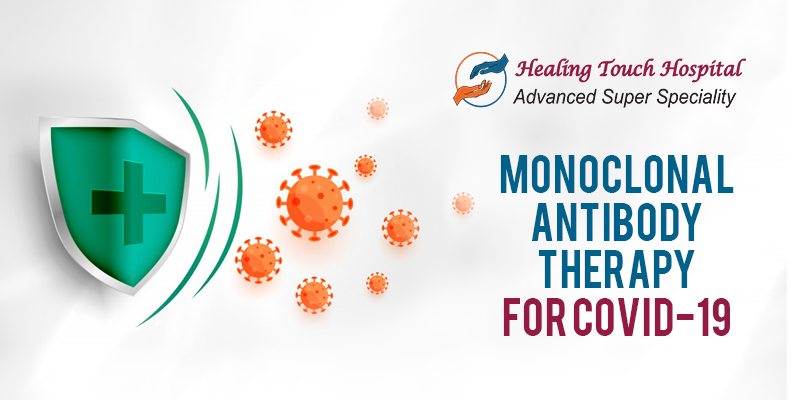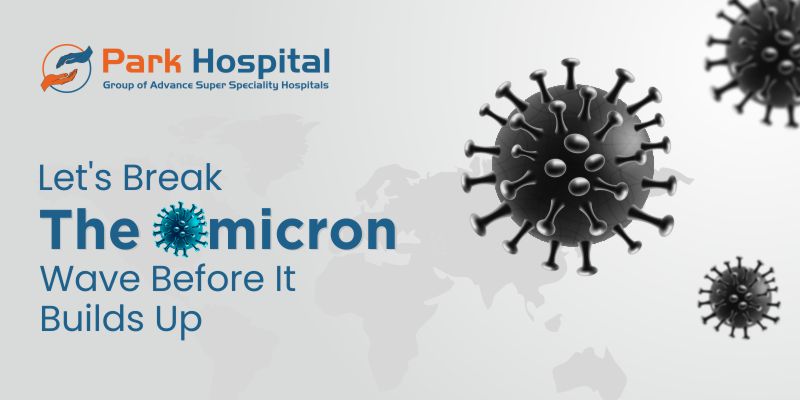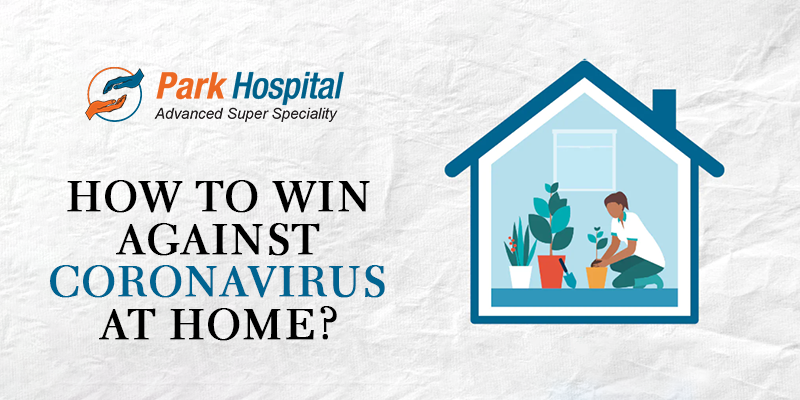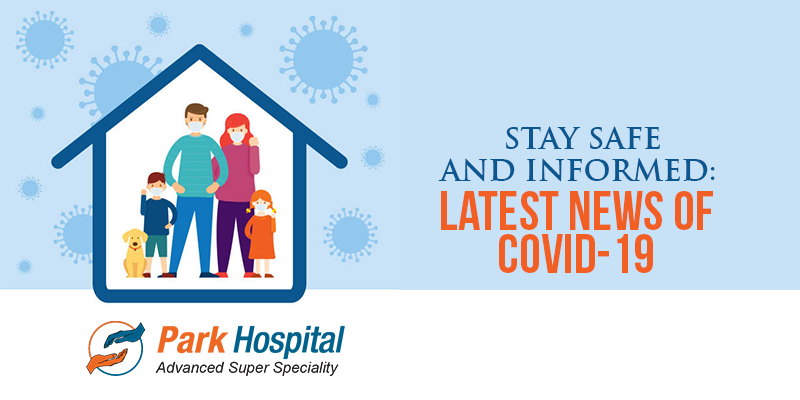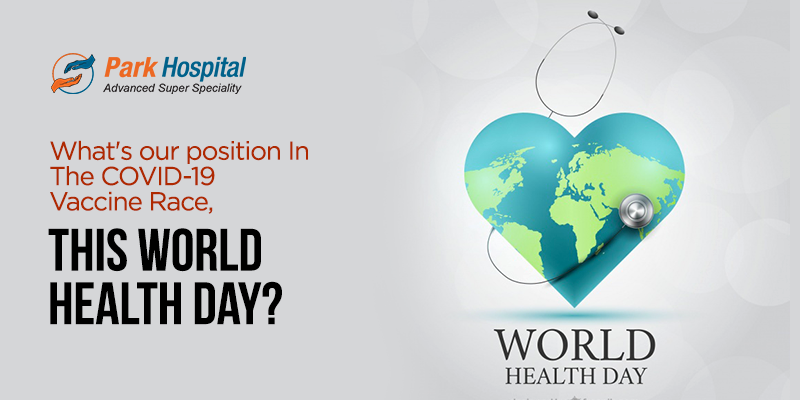Jaundice (or icterus) is a condition that causes the skin and sclera (the white part of your eyes) to appear yellow. This results from the accumulation of high levels of bilirubin, a yellow pigment produced when the body breaks down red blood cells. Jaundice is caused by a number of underlying medical conditions. So, let's take a closer look at the types of jaundice, their primary causes and jaundice symptoms in adults as well as newborns.
What Are The Major Types of Jaundice?
The different types of jaundice are classified according to the location of the bilirubin intake and filtration process in the liver. They consist of:
Pre-hepatic Jaundice: Also called hemolytic jaundice, occurs when physiological conditions result in excessive breakdown of red blood cells before they reach the liver.
Hepatic Jaundice: This type occurs when the liver tissue's ability to filter bilirubin from your blood declines.
Post-hepatic Jaundice: This occurs when bilirubin, filtered from the blood, cannot properly drain into the digestive tract or bile ducts due to a blockage occurring after filtration by the liver.
What is jaundice in newborns? While the mother's liver removes bilirubin during pregnancy, the infant's liver must start doing so after birth. In some cases, the baby's liver may not be developed enough to eliminate bilirubin effectively, which can lead to jaundice. This condition is common and typically resolves within a few weeks. However, early symptoms of jaundice require monitoring by a doctor, as untreated severe jaundice can lead to brain damage.
What Are The Key Signs and Symptoms of Jaundice?
Jaundice can manifest through various symptoms beyond the yellowing of skin and eyes, which may depend on its type and cause. Moreover, common symptoms of jaundice in adults vary based on how quickly or gradually the condition develops:
Yellowing of your tongue or the inside of the mouth
Fatigue
Pruritus (itchy skin), usually due to bile salts building up in the skin
Loss of appetite
Clay-colored stools
Dark, tea-colored urine
Abdominal pain
Unintentional weight loss
Fever
Early Symptoms of Jaundice to Look for in Babies
Parents should promptly contact the paediatrician if they observe the following signs and symptoms of jaundice in newborns.
Yellow skin on day one after birth or yellow skin that lasts longer than two weeks after birth
Extreme fatigue
Not feeding well
Being fussy
Trouble breathing
The American Academy of Paediatrics uses a jaundice level chart to determine if treatment is necessary based on the baby's age and total serum bilirubin level. Jaundice levels in newborns that may require treatment:
What Causes Jaundice in Adults?
Jaundice is caused by bilirubin buildup due to various medical conditions, with bile duct obstruction, alcohol-related liver disease, and hepatitis. People often confuse jaundice and hepatitis differences.
The common jaundice causes can be classified into three categories:
What Causes Jaundice in Newborns?
Signs and symptoms of jaundice (jaundice eyes) appear either significantly earlier or later than in the more common types. And the key reasons why jaundice occurs in newborns are:
Haemorrhage, or internal bleeding.
Sepsis.
Other viral or bacterial infections.
A blood incompatibility between the baby's and the mother's.
A liver malfunction.
Biliary atresia is a disorder in which the baby's tubes that connect to the liver become clogged or damaged.
An enzyme deficiency.
An issue with your baby's red blood cells that causes them to break down rapidly.
Your Path to Successful Recovery from Jaundice!
Jaundice is a condition characterised by yellowing of the skin and eyes due to excess bilirubin. Common jaundice symptoms include fatigue, dark urine, pale faeces, itchy skin, and abdominal pain. It can arise from various medical issues such as gallstones, liver diseases, and blood disorders. Park Hospital provides comprehensive treatment for jaundice in both newborns and adults. We have a team of physicians and nurses to ensure precise diagnosis and individualised plans. Promote liver health recovery today with Park Hospital!
Also Read: CBC, LFT, and KFT Tests Explained in Simple Words
FAQs
What are the early signs of jaundice in adults?
The early signs of jaundice in adults include:
Yellowing of the skin and the whites of the eyes
Dark urine and pale, clay-colored stools
Itchy skin
Fatigue
Abdominal pain
Is jaundice in adults different from jaundice in babies?
Yes, newborn jaundice is common and usually harmless, resulting from an immature liver's inability to process bilirubin. In contrast, adult jaundice is rare and often indicates serious health issues like liver disease or blocked bile ducts.
Can jaundice go away on its own?
Mild neonatal jaundice may resolve on its own, but elevated bilirubin poses health risks. Severe or chronic jaundice, especially in adults, often signals serious underlying conditions requiring medical evaluation.
When should I see a doctor for jaundice symptoms?
You should see a doctor for jaundice as soon as you notice:
High fever and chills
Severe abdominal pain or swelling
Sudden confusion or difficulty waking
Vomiting blood or passing blood in stool
Dark urine and pale stools lasting more than a few days
If you are pregnant and develop jaundice
How long does it take to recover from jaundice?
The duration of recovery from jaundice depends on its underlying cause. Mild cases resolve in 1-2 weeks, but when it is linked to a minor infection such as malaria, the jaundice will take 2-4 weeks to resolve. In cirrhosis cases, it does not improve at all.

